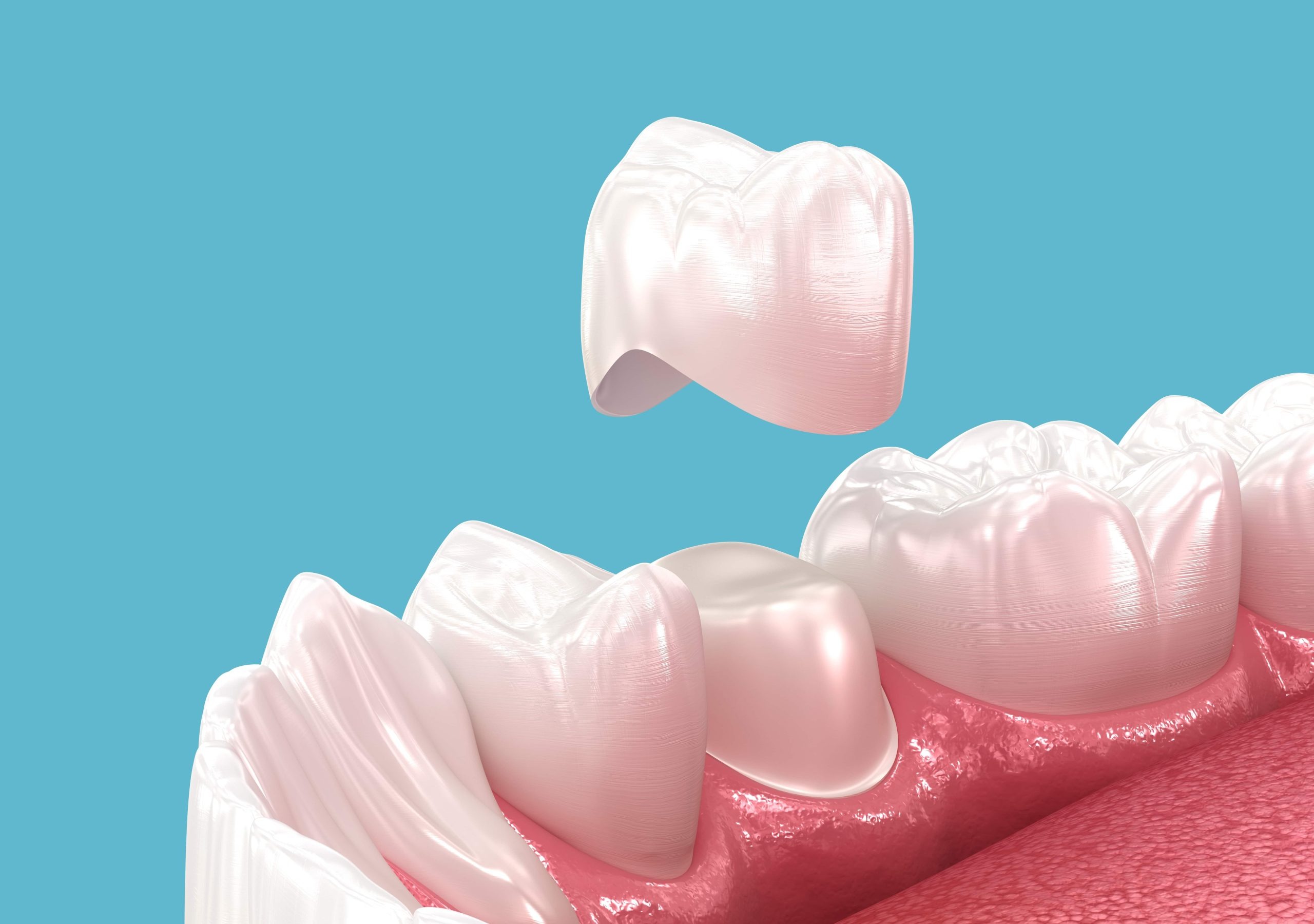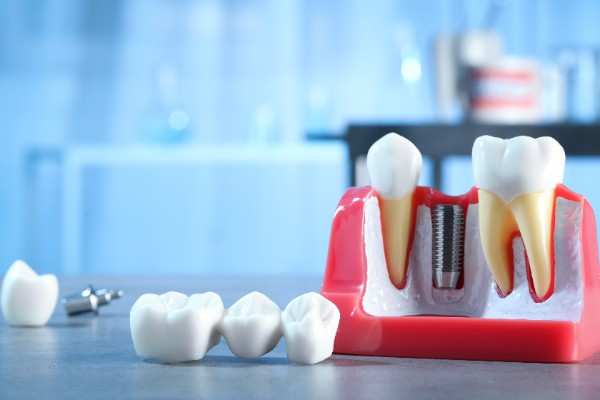Reasons You Need a Crown Following Root Canal Treatment

A root canal effectively saves a natural tooth from severe decay or infection by removing bacteria and eliminating pain, preserving both function and appearance. However, the procedure is just the first stage of full restoration. Once the infected tissue is cleaned and sealed, the tooth often becomes weaker and more vulnerable to damage. To restore its strength and durability, a dental crown is placed over the treated tooth.
Acting as a protective shield, it reinforces structure, prevents fractures, and ensures long-term functionality. Ultimately, a crown completes the treatment, maintaining your tooth’s health, resilience, and natural-looking smile for years.
Understanding What Happens During a Root Canal
A root canal (also known as endodontic treatment) targets the infected pulp inside your tooth. The pulp contains nerves and blood vessels that keep the tooth alive. When decay or injury leads to infection, it can cause intense pain, swelling, and sensitivity.
During treatment, your dentist will:
- Remove the infected or damaged pulp.
- Clean and disinfect the inner canals of the tooth.
- Seal the space to prevent future bacterial contamination.
Though a root canal saves your tooth, it weakens its structure. Tooth crown Liverpool treatment restores strength, protects against damage, and ensures your tooth functions effectively for years.
How a Tooth Changes After a Root Canal
Once the pulp is removed, the tooth undergoes several biological and structural changes. Without blood flow and natural moisture, it loses flexibility and resilience. Over time, this can increase the risk of fractures or discolouration.
Here’s a quick look at what typically happens:
|
Change After Root Canal |
Effect on Tooth |
|
Loss of moisture |
Tooth becomes dry and brittle |
|
No blood supply |
Reduced strength and resilience |
|
Weakened enamel |
Higher risk of cracks or chipping |
|
Possible discolouration |
Dull or greyish appearance |
While the root canal successfully removes infection, it doesn’t strengthen the tooth. A crown is therefore essential to restore both durability and a natural look.

Key Reasons You Need a Crown After Root Canal Treatment
A dental crown acts as a cap that fits snugly over the treated tooth. It’s designed to protect, reinforce, and restore the tooth’s natural shape and function. Below are the main reasons why your dentist will recommend one following a root canal.
1. Restores Tooth Strength
After a root canal, the tooth’s internal structure is significantly weakened. A crown reinforces it, enabling it to withstand regular chewing and biting forces without cracking or breaking.
2. Prevents Fractures and Splits
Molars and premolars are particularly at risk, as they bear the most pressure when chewing. A crown acts like armour, preventing fractures that could otherwise lead to tooth loss or the need for extraction.
3. Protects Against Re-infection
Even after sealing, small gaps can allow bacteria to re-enter the treated tooth. A well-fitted crown provides an extra layer of protection, sealing the tooth completely and reducing the risk of reinfection.
4. Restores Normal Functionality
A crown enables you to chew, bite, and speak comfortably again. It restores the tooth’s natural shape and size, allowing it to function seamlessly alongside your other teeth.
5. Enhances Aesthetics
Root-treated teeth may darken over time, which can affect your smile’s appearance. A crown, especially one made from porcelain or ceramic, restores the tooth’s natural colour and translucency.
In advanced cosmetic practices, similar to those providing Dental Implant Liverpool services, crowns and implants are carefully matched for a uniform, natural-looking smile. Both serve a common purpose: restoring confidence, protection, and long-term functionality.
Consequences of Skipping a Crown
Some patients believe that once the root canal is complete and pain-free, no further treatment is needed. Unfortunately, skipping a crown can cause significant long-term problems.
Potential consequences include:
- Increased risk of tooth fracture or chipping.
- Leakage that may lead to reinfection.
- Sensitivity when chewing or drinking hot and cold beverages.
- Reduced lifespan of the treated tooth.
- In severe cases, total tooth loss or the need for extraction.
Choosing to protect your tooth with a crown ensures your root canal investment lasts for many years without complications.
The Process of Getting a Dental Crown
Once your dentist confirms your tooth is ready for a crown, the process typically involves several stages:
- Tooth Preparation: The treated tooth is reshaped to create space for the crown. Any temporary fillings are removed.
- Impressions or Scans: A digital scan or physical impression is taken to create a custom-fit crown.
- Temporary Crown: A temporary crown is placed to protect your tooth while your permanent one is crafted in the dental laboratory.
- Final Fitting: The permanent crown is cemented securely, restoring your tooth’s strength, function, and appearance.
Clinics offering Tooth Crown Liverpool treatments often use digital scanning and CAD/CAM technology, allowing for faster, more accurate results and a better patient experience.
Types of Crowns Used After Root Canal Treatment
Your dentist will recommend the best crown material based on your needs, location of the tooth, and aesthetic preferences.
|
Type of Crown |
Features |
Best For |
|
Porcelain or Ceramic |
Natural appearance; blends with existing teeth |
Front or visible teeth |
|
Porcelain-Fused-to-Metal (PFM) |
Combines strength and aesthetics |
Molars and premolars |
|
Full Metal (Gold or Alloy) |
Extremely durable, long-lasting |
Back teeth |
|
Zirconia |
Highly aesthetic and strong |
Front and back teeth |
Clinics skilled in restorative and cosmetic treatments, such as those providing dental implant Liverpool, often recommend porcelain or zirconia crowns for their lifelike appearance and durability.
How Long Does a Crown Last After a Root Canal?
With proper care, a high-quality dental crown can last anywhere from 10 to 15 years, or even longer. Factors such as oral hygiene, diet, and dental habits can influence its lifespan.
To maximise your crown’s durability:
- Brush and floss daily using fluoride toothpaste.
- Avoid biting hard foods like ice or nuts.
- Schedule regular dental check-ups and professional cleanings.
- Address any discomfort or looseness promptly with your dentist.
Consistent dental visits, similar to those required for dental implant maintenance, ensure that your crown continues to perform optimally for years to come.

Conclusion
A root canal saves your natural tooth, but it’s the crown that ensures it stays strong, functional, and aesthetically pleasing. Without a crown, your treated tooth remains vulnerable to fractures, reinfection, and long-term damage.
A crown not only restores protection but also gives your smile back its natural brilliance and strength. For expert, high-quality crown and restorative treatments, trust Smilo Dental Implant Liverpool where precision, care, and lasting results come together to protect your smile for the future.
- Art
- Causes
- Crafts
- Dance
- Drinks
- Film
- Fitness
- Food
- Games
- Gardening
- Health
- Home
- Literature
- Music
- Networking
- Other
- Party
- Religion
- Shopping
- Sports
- Theater
- Wellness


